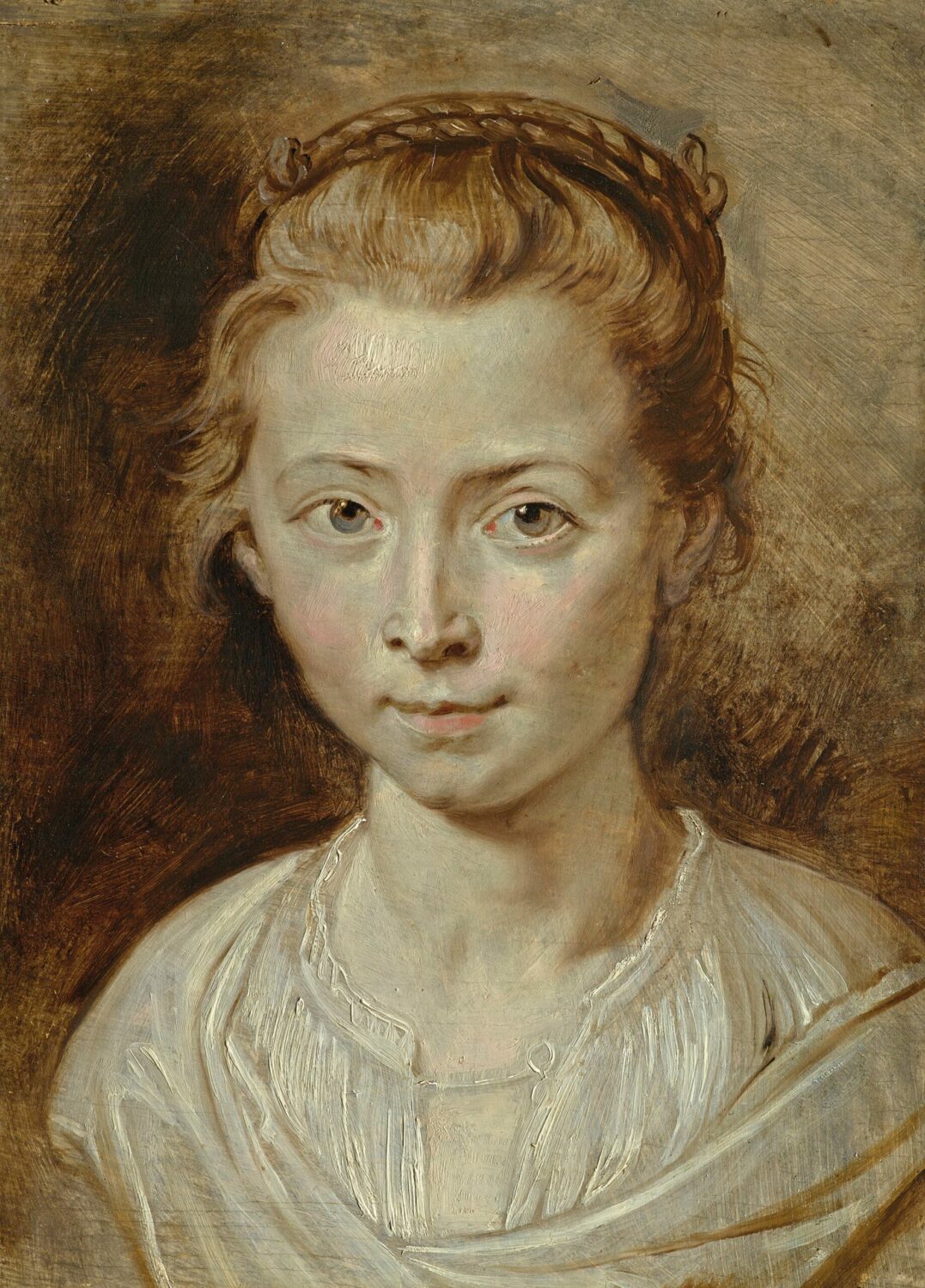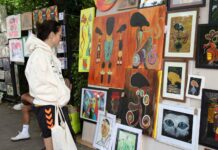
Think of Peter Paul Rubens and women, and you immediately think of paintings of naked, fleshy women draped passively across various pieces of furniture and shaped by 17th century notions of female beauty. Like all cliches, there is an element of truth in this image. However, Dulwich Picture Gallery’s new exhibition, Rubens & Women, aims to challenge it. Specifically the curators would argue that Rubens’ women are not one-dimensional passive subjects, but much more complex individuals and powerful agents in their own right. And his relationship with them is more nuanced than previously thought.
Bringing together a diverse range of works from the whole of his career, the exhibition seeks to take you on a journey to discover this truth.
Peter Paul Rubens was born in what is now Belgium in 1577. He was a prolific painter famous for works representing mythological and religious subjects. And it’s within these settings that the exhibition focuses on his paintings of women.
Featuring masterpieces from international and private collections, many of which will be appearing in the UK for the first time, it reconsiders one of art history’s most influential figures.

The exhibition is organised over four rooms, each of which highlights a particular theme. The first room is of portraits and serves as an introduction to Rubens’ extraordinary talents as an artist. Don’t miss the huge canvas of “Marchesa Maria Sierra Pallavicino” – a magisterial work with glorious colour and detail. Look out for the parrot! Less grand but no less captivating is the portrait of his first wife, Isabella Brant. It was painted shortly after her death and is a very intimate image of calm strength.
The second room is devoted to religious works but also gives an insight into Rubens’ practice of using small drawings, sketches and paintings based on real women, as the first stage of creating much larger works. Don’t miss “Young Woman looking Down”, an exquisite drawing in black and red chalk.
The third room is a mix of drawings, sketches and paintings of the female nude which illustrates, amongst other things, Rubens’s fascination with classical sculpture. Entitled “Stone Made Flesh”, this room also demonstrates how Rubens’s technique improved over time. Compare for example, “Study of a Female Nude” of 1609 with “Study of a Seated Woman” of 1633. From the perspective of the early 17th century, the former seems more of a male body, while the latter is much more obviously female.
The final room entitled “Goddesses of Peace & Plenty” is host to large canvases of mythological subjects, rich colours and extravagant female forms. These works represent a vision of women as powerful agents bringing peace and plenty to the world.
Like many exhibitions in Dulwich Picture Gallery, Rubens & Women aims to give a different perspective on a well-established artist and an insight into his influences and development. It’s interesting on that score but also, of course, includes some wonderful individual works.
Dr Amy Orrock, co-curator, said “Prepare to be surprised by the many faces of Rubens’ women. You will meet formidable patrons, nurturing goddesses and much loved family members, all depicted with Rubens’ mix of skill, erudition and humanity. Visitors will get the chance to discover Rubens’ great versatility as an artist, through intimate drawings, energetic oil sketches and dramatic paintings. Collectively, these works reveal tender and unexpected narratives of faith, love and artistic inspiration”
Rubens & Women runs until 28 January in Dulwich Picture Gallery, Gallery Road, SE21 7AD. Open 10am – 5pm Tuesday to Sunday. Tickets £15, concessions £8 and under 30s £7.50. For further information visit www.dulwichpicturegallery.org.uk

















